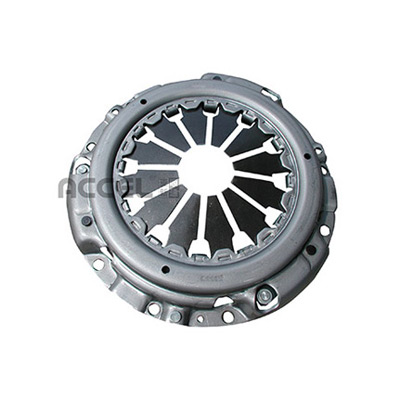
- Mobile Phone
- +8613931874955
- sales@cntcmetal.com
Understanding Brick Veneer Wall Tie Installation and Maintenance Techniques
Understanding Brick Veneer Wall Ties Essential Components for Structural Stability
Brick veneer construction is a popular architectural choice, combining the aesthetic appeal of brick with the efficiency of modern building materials. However, the integrity of a brick veneer wall heavily relies on the proper installation and use of wall ties. In this article, we will explore the importance, types, and installation practices related to brick veneer wall ties.
What are Wall Ties?
Wall ties are metal connectors that bond the brick veneer to the structural framework of a building. They play a crucial role in maintaining the stability and integrity of the wall system. By anchoring the veneer to the support structure, wall ties help the brick withstand various forces, including wind, seismic activity, and even thermal expansion.
Importance of Wall Ties
1. Stability Wall ties provide lateral support to the veneer, preventing it from separating from the building's frame. This is particularly important in areas prone to high winds or seismic activity, where the pressure on exterior walls can be significant.
2. Durability Properly installed wall ties help to enhance the durability of the brick veneer. They mitigate the effects of moisture penetration and help to prevent common issues like brick cracking or bowing.
3. Load Distribution Wall ties aid in distributing the load of the brick veneer evenly across the structural framework. This prevents localized stress that could lead to structural failure.
4. Energy Efficiency By ensuring a secure and stable attachment of the veneer to the frame, wall ties contribute to the overall energy efficiency of a building. A well-insulated wall system reduces heating and cooling costs.
Types of Wall Ties
There are several types of wall ties commonly used in brick veneer construction
brick veneer wall ties

1. Galvanized Steel Ties These are the most common type of wall ties, known for their strength and resistance to corrosion. They are often used in both residential and commercial buildings.
2. Stainless Steel Ties For buildings in coastal areas or environments where corrosion is a concern, stainless steel ties provide excellent resistance and longevity.
3. Plastic Ties While less common, plastic wall ties are used in specific applications where thermal conductivity is a concern. They help to minimize thermal bridging in insulated walls.
4. Helical Ties These ties are spiral-shaped and are often used to provide superior anchoring in areas with high wind loads or seismic activity.
Installation Practices
Proper installation of wall ties is vital for their effectiveness. Here are some best practices
- Spacing Wall ties should be installed at regular intervals, typically every 16 to 24 inches vertically and horizontally, depending on local building codes and the specific requirements of the wall system.
- Alignment Ensure that ties are aligned with the framing members to provide maximum support.
- Moisture Barrier Installing a moisture barrier behind the veneers can help protect the ties from rust and extend their lifespan.
Conclusion
Brick veneer wall ties are a fundamental component of modern brick construction, ensuring the stability, durability, and efficiency of a building. By understanding their importance, types, and proper installation practices, builders and homeowners can significantly enhance the performance of brick veneer walls, resulting in long-lasting, visually appealing structures. Whether you are involved in new construction or renovation, paying attention to wall tie details will undoubtedly pay off in the long run.
share:
-
Your Source for Concrete Wall Ties and Masonry AccessoriesNewsJul.10,2025
-
Unlocking the Power of Iron Wire for Every ProjectNewsJul.10,2025
-
Explore Advanced Chain Wire and Stainless Steel Mesh FencingNewsJul.10,2025
-
Discover the Benefits of Annealed Wire ProductsNewsJul.10,2025
-
Discover China Stainless Steel Wire Mesh SolutionsNewsJul.10,2025
-
Build with Confidence Using High-Performance Masonry AccessoriesNewsJul.10,2025
-
Why Sacrificial Formwork Is Redefining Underground ConstructionNewsJun.06,2025



















